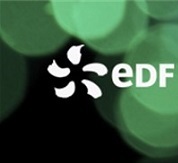The residential refurbishment market far away from economic rationality: application of marginal abatement cost to the French white certificate
Résumé
The initial idea of the French White Certificate (WC) scheme, which entered into force in 2006, was to rely on a tradable WC on the basis of market development leading to save energy at the lowest cost. However, the WC market lacks of liquidity and the majority of the trading is done over-the-counter 1. Thus the question of the energy savings cost arise, especially to better understand where are the "low hanging fruits" and the highest ones. Given the dominance of the residential building sector in the scheme (about 80 % of total WC have been issued in this area since the beginning of the program), we confine our study to the energy refurbishment market for residential buildings in this paper. An economic model, based on standardized operations' monotonic functions of abatement costs (on the same model as Marginal Abatement Cost curve), is designed to estimate the distribution of energy saving costs (Euro per saved kWh). At the opposite of what is usually available in the literature, the costs are described using log-normal distributions, and not mean values, to take into account the scattering of retrofitting prices for the same operation. So we can take in account for each type of action the mean and marginal costs of refurbish-ment. This more realistic approach gives results that are significantly different from using mean values.
Domaines
Environnement et Société| Origine | Fichiers éditeurs autorisés sur une archive ouverte |
|---|
Loading...

